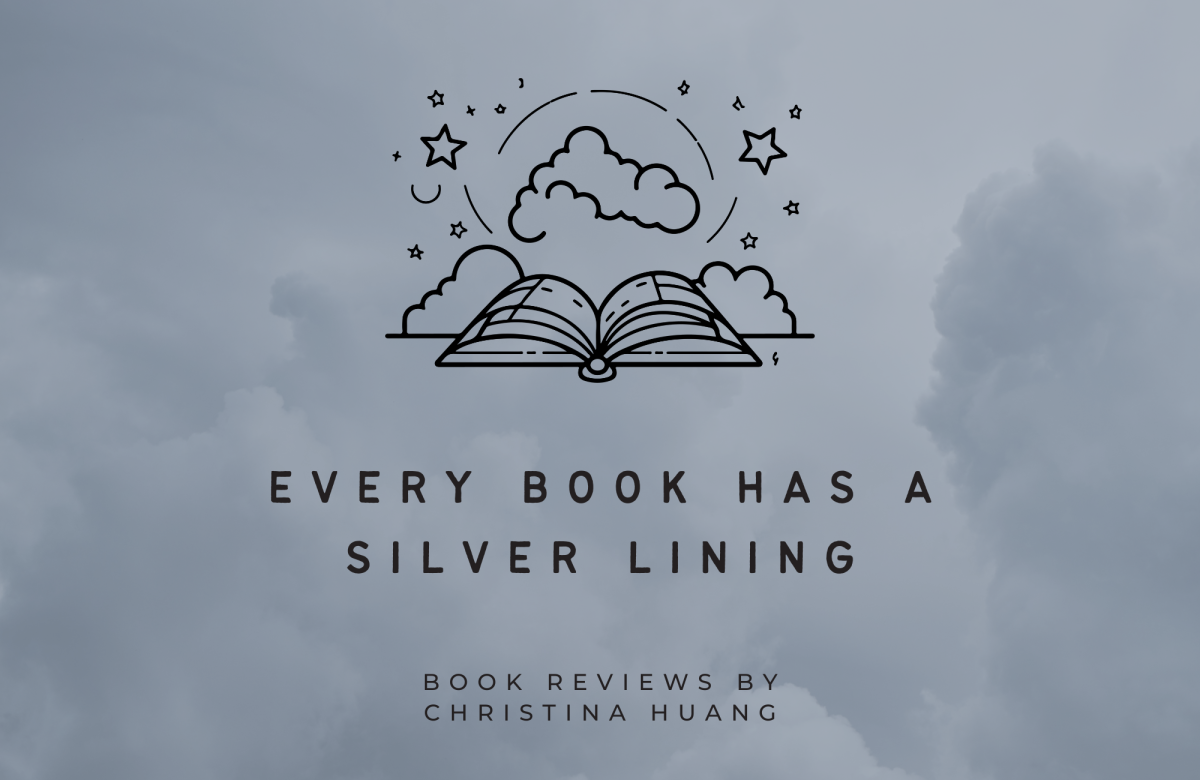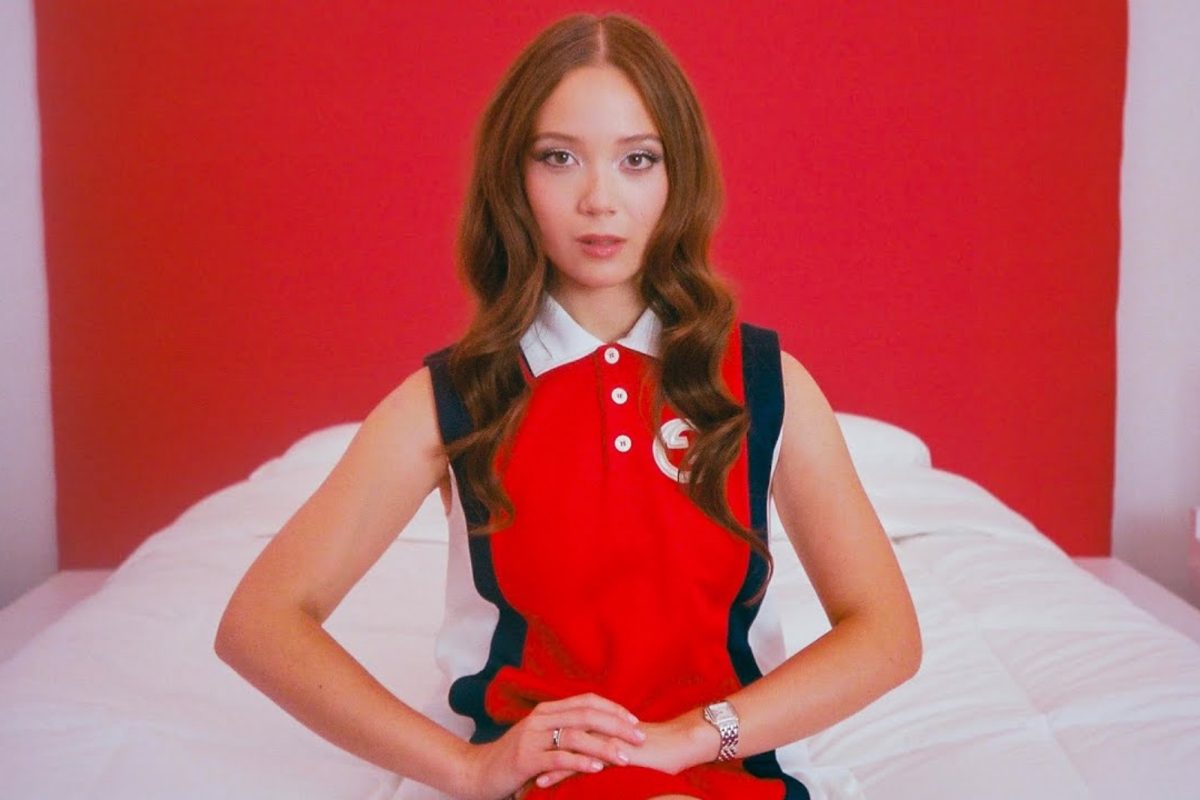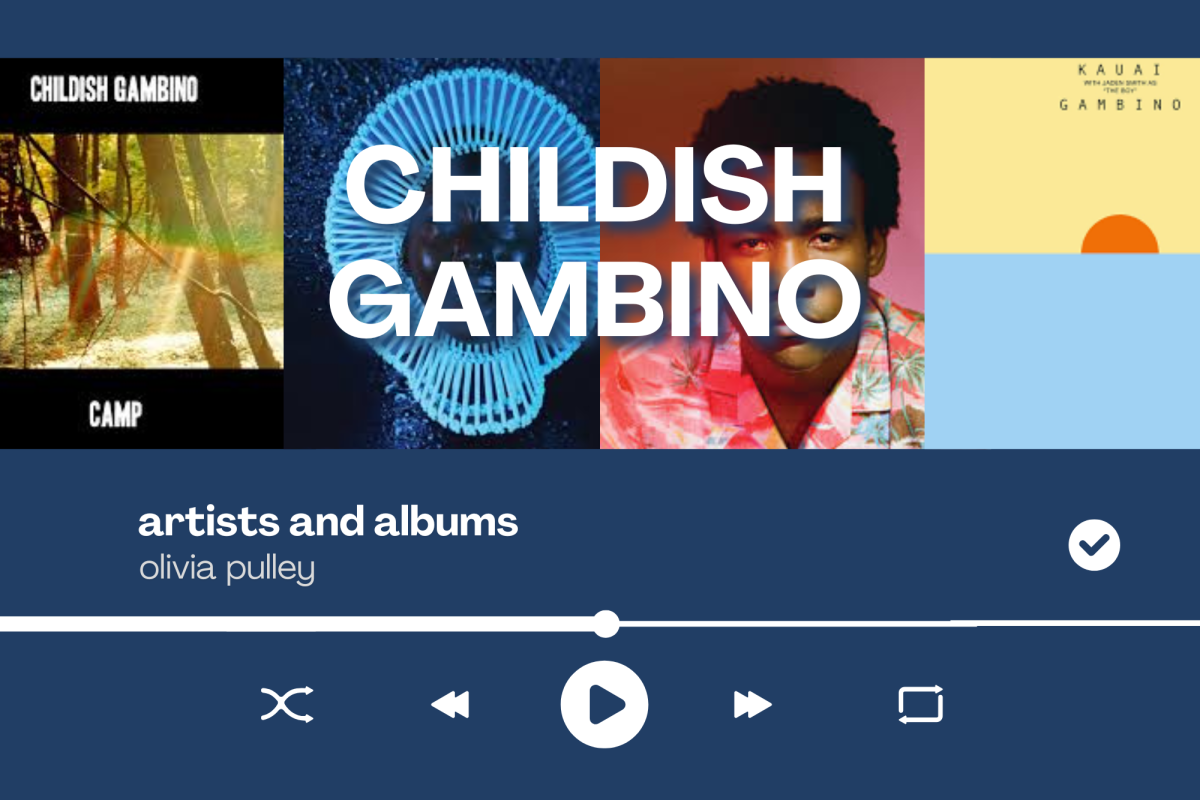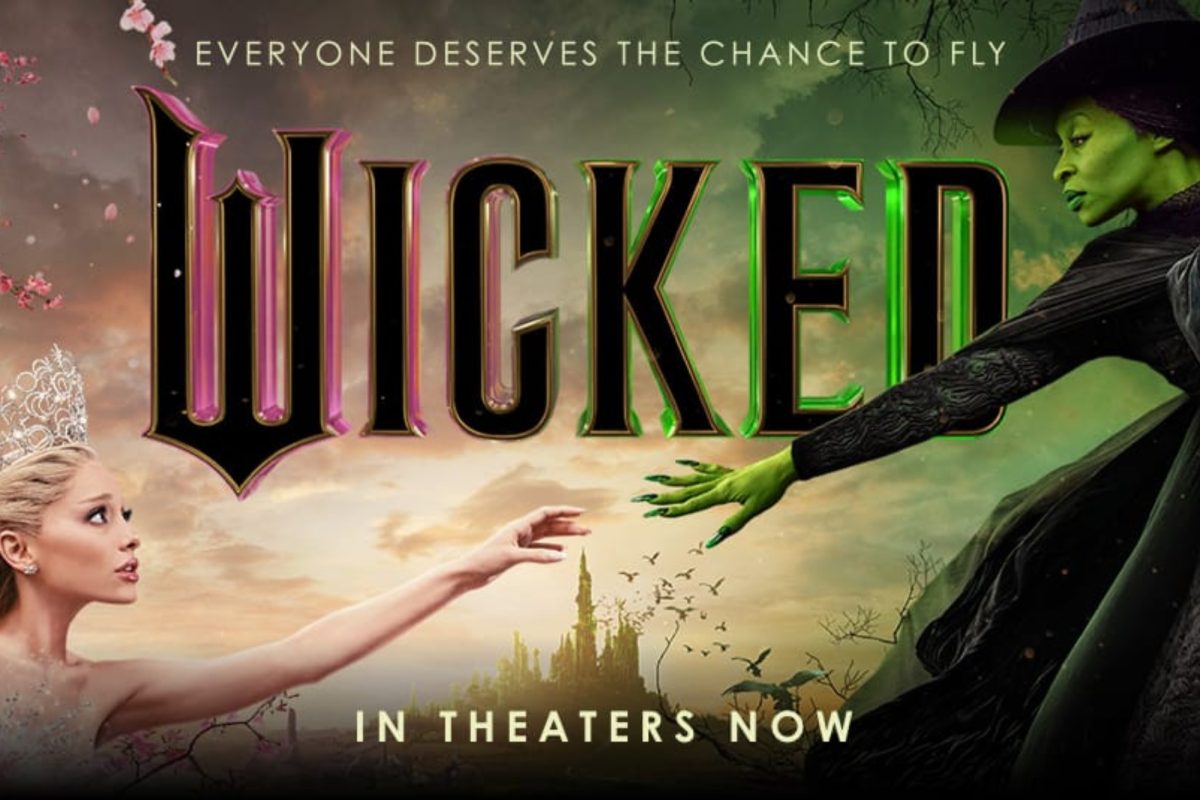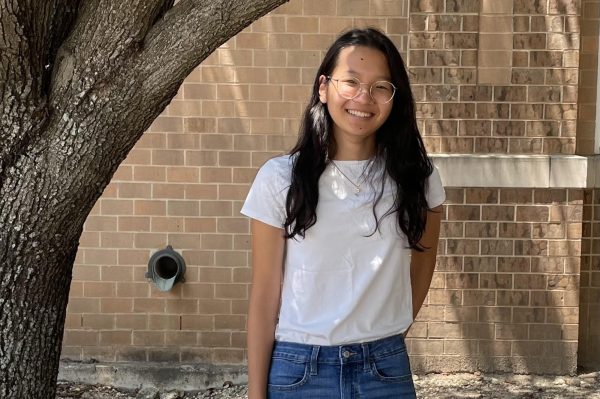Never Always Sometimes by Adi Alsaid tells the movielike story of Julia and Dave. Ironically, they’re best friends who swore to each other that they wouldn’t become high schoolers like the ones in TV dramas. To Julia and Dave, it’s anything they deem ‘unoriginal,’ such as being part of a high school clique or obsessing over prom. However, for readers looking for a romcom with a simple yet drama-filled plot, Never Always Sometimes seems to be the perfect fit, until it isn’t.
As freshmen in high school, Julia and Dave created a ‘Nevers List,’ a list of ten things the two consider to be common high school ‘rituals’ that they would never engage in such as throwing a party or even dying their hair a bold color.
When the list is found four years later, Julia proposes they do every single one. The only issues are numbers eight and ten on the list. Number eight outlaws being interested in a single person without doing anything about it, for the entire four years of high school. It’s a rule that Dave, wanting to avoid number ten (‘never date your best friend’), has broken. He has been interested in Julia since they were freshmen.
The book is split into three parts: the first in Dave’s point of view, the second in Julia’s, and the last a mixture, the perspective changing every chapter. At the start, it seems to be the cheesy contemporary romance novel readers are led to believe it will be. However, when a different girl, Gretchen, enters the scene, things get complicated.
The biggest issue happened to be the characters themselves as they come off with a cartoonish quality to them as a result of Alsaid’s writing style which can come across as pseudo profound. But besides the unbelievability of the characters, the unlikeability of certain ones comes into play as well, with some manipulative or conceited traits shown. This was especially true when Julia was concerned. Aided by Dave, who never failed to portray her in a positive light and went into sappy detail about her (for example, at the very start when he notes that a flashlight couldn’t compare to the brightness of her eyes).
There is a twist toward the end, though whether it enhanced the story or not was an independent preference with no real majority on fan forums found either way. But despite its downfalls, it lived up to the expectation as a light read with no originality, with tropes such as a love triangle and friends to lovers.
Stereotypical and cute: the line separating the two can be thin, and crossing that line can change Never Always Sometimes from something readers can enjoy as a comically romantic ‘guilty pleasure’ type of book, to something that is too awkward to read. In the end, when considering this book, the essential question to ask may be: how many overused tropes are too many? In other words, where is that line separating cliche and enjoyable?



